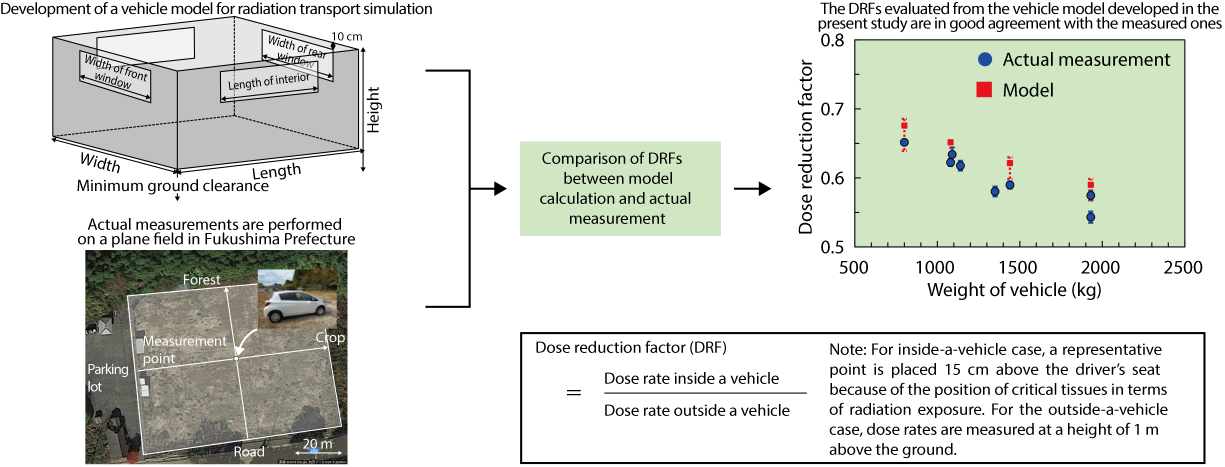
Fig.2-11 Development scheme of vehicle model for radiation transport simulation

Fig.2-12 The DRFs for cloudshine and groundshine in a nuclear emergency
Evacuation is one of the typical protective actions in a nuclear emergency. In Japan, in the response plans of local governments, private vehicles are widely used as a self-evacuation tool in a nuclear emergency. However, if the timing of evacuation is delayed or misjudged, evacuees cannot avoid passing through the radioactive plume or through areas contaminated by radionuclide deposits. Therefore, the potential doses from such exposure sources during evacuations have to be assessed and considered when optimizing the evacuation strategy in the case of a nuclear accident. However, a model for calculating the dose reduction factor (DRF) has not been developed up to now.
In the present study, we developed a vehicle model for calculating the DRF based on the actual shape and weight of Japanese vehicles:
M − M0 = ρ · d · S
where M is the weight of the vehicle, M0 is the weight of the ceiling and windows, ρ is the density of steel (7.8 g cm-3), d is the thickness of the vehicle model, and S is the surface area of the vehicle body, excluding the ceiling and windows. Here, the thickness of the ceiling of the vehicle body was assumed to be 0.08 cm based on information provided by a Japanese automaker.
To confirm the validity of this model, we performed actual measurements of radiation dose rates inside and outside the vehicles and evaluated the DRF of four types of vehicles in Japan. The measurements were performed on a plane field in Fukushima prefecture, in October 2015. Fig.2-11 shows a comparison of the DRFs from actual measurement versus the model calculations. As shown in this figure, the DRFs evaluated using the developed model had a similar tendency to the measured values. Consequently, it was confirmed that the DRFs evaluated from the vehicle model developed in the present study were in good agreement with the measured ones.
In addition, based on the developed vehicle model, we evaluated the DRFs for cloudshine and groundshine in the case of a nuclear accident. For groundshine, we used the photon energy values of 0.4, 1, and 1.5 MeV. Fig.2-12 shows the calculation results of the DRFs for cloudshine and groundshine. In the results, the DRFs depend on the photon energy and the weight of the vehicle. For cloudshine, the DRFs for the photon energies of 0.4, 1, and 1.5 MeV were 0.66–0.73, 0.78–0.85, and 0.82–0.88, respectively. For groundshine, the DRFs were 0.64–0.73.
However, it was noted that the effectiveness of an evacuation strategy could not be determined based only on the DRFs of the vehicles evaluated in this study. To make a more effective evacuation strategy, we have to consider not only the self-help behavior but also the combination of relevant protection actions. To achieve these aspects of optimization for an evacuation strategy, we must continue the optimization research on protective strategies for a nuclear emergency.
This work was sponsored by the Secretariat of the Nuclear Regulation Authority (NRA), Japan.